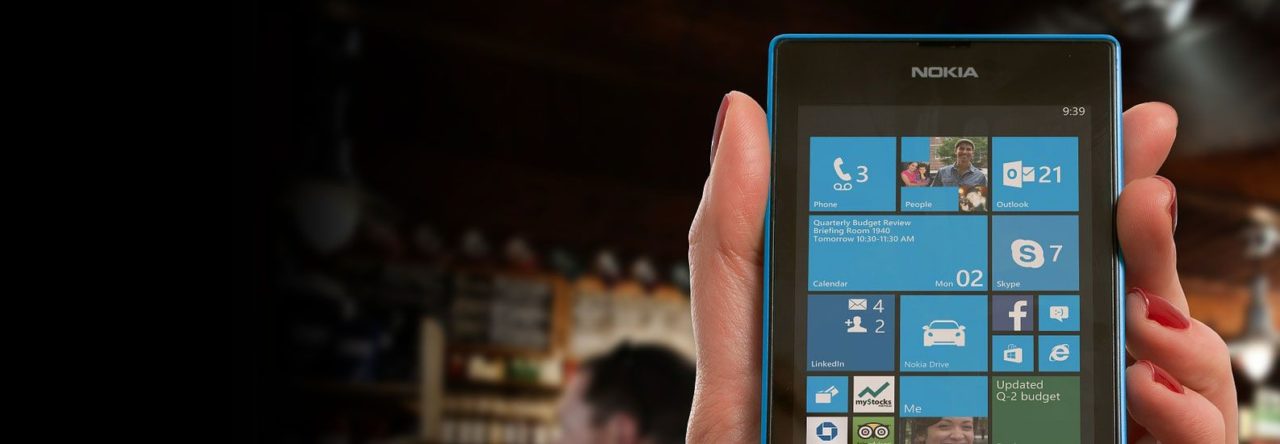The restaurant industry is experiencing a major shift. Food delivery apps are quickly reshaping how people eat. As these services become more and more common, restaurants will see a lower need for servers or even having dining rooms at all.
On demand, meal delivery services such as UberEats, GrubHub, and DoorDash are paving the way for virtual restaurants. Over time delivery has gotten faster, and in turn, more people are enjoying staying in and having their meals brought to them. This has changed what it means to own a dining establishment.
Aspiring restaurant owners no longer need to rent space for a dining room. Instead, all they need is a kitchen and a phone. By getting a position on a meal-delivery app they can market their food without diners even knowing that there may not be a physical dining establishment. This also helps keep money in their pockets by avoiding the expense of paying for furniture, tablecloths, or even hiring waiters.
There are two types of this digital culinary establishment. One is a virtual restaurant that is actually attached to a real building, with a dining room that people patron. The other is something like a “ghost kitchen”. These places have no real retail presence, aside from preparing the meals for delivery orders.
The first type, is what comes to mind when most people imagine where they’re ordering their food from. Most of these restaurants have a specific menu for delivery apps that differs from what they offer to customers dining in. Many places have seen a huge increase in take out orders thanks to the creation of these apps. Even places that offered take out options now can do delivery without worrying about adding a driver to their staff. This is what comes to mind when most people, casually scanning Grubhub, imagine where their meal is coming from.
Uber has been a leading force in the second type of establishment. “Ghost kitchens” have been on the rise and since 2017 Uber has helped nearly 4,000 of them get started. For the average app delivery user, these “ghost kitchens” are pretty unheard of. They have names that sound like any normal restaurant and they offer meal options that match their competitors.
However, with any advance in technology, there will be a few growing pains. For one, the relationship between chef and patron does not exists when you’re staying home to eat. This may lead to less creative drive, due to chefs not having an emotional connection with the food they are making. And while “ghost kitchens” save tremendously on overhead, their competition will definitely see their profit margins narrow as neighborhoods jump on the virtual restaurant train.
Every sit down establishment won’t disappear overnight. However, this new technology is shifting the industry in a sensational way.
